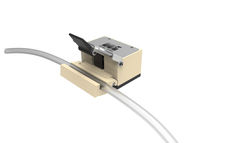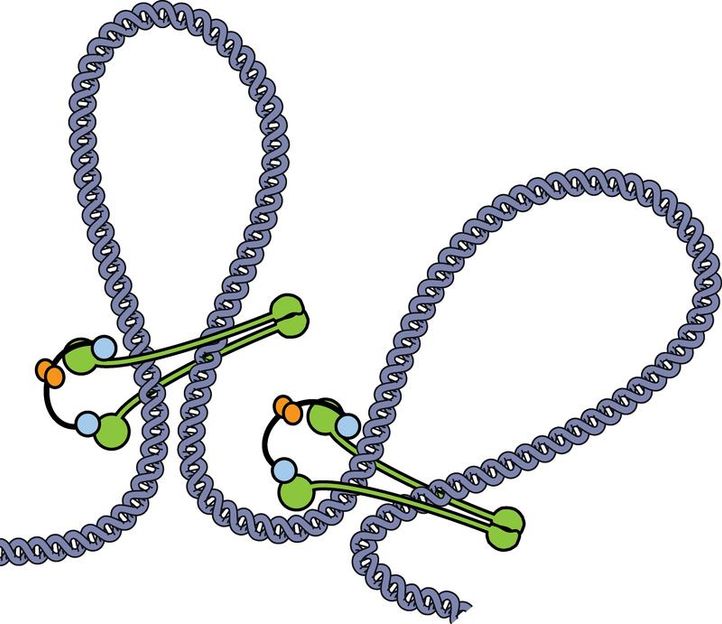A safe route to a needle-free diabetes sensor
Research reports a new metal oxide semi-conductor (MOS)-based breath test for diabetes that can be produced safely and at a low cost, without employing flame spray pyrolysis.
Flame spray pyrolysis is the usual method for making MOS-based sensors, but it can involve unsafe processing procedures such as open flames and temperatures above 1000oC, as well as costly instruments.
Scientists in Canada have developed a new MOS-based sensor by screen printing commercial TiO2 nanopowders. The sensor detects acetone, a biomarker for type 1 diabetes.
The main challenge in the development of breath test sensors for diabetes is detecting parts-per-billion levels of acetone in a complex mixture of breath components, including water vapour. The scientists showed that their TiO2 sensor could detect 1.5ppm acetone – sensitive enough for type 1 diabetes diagnosis – at 90 per cent humidity.
Original publication
Organizations
Other news from the department science
These products might interest you

Hose pressure transducer by HiTec Zang
Contactless pressure measurement for sterile applications
Easy-to-install tubing pressure sensors for diameters from 4.8-19.1 mm

FireSting-PRO by PyroScience
New fiber optic measuring device: Precise measurements even in the smallest volumes
Measure pH, oxygen and temperature even under sterile conditions

Get the life science industry in your inbox
By submitting this form you agree that LUMITOS AG will send you the newsletter(s) selected above by email. Your data will not be passed on to third parties. Your data will be stored and processed in accordance with our data protection regulations. LUMITOS may contact you by email for the purpose of advertising or market and opinion surveys. You can revoke your consent at any time without giving reasons to LUMITOS AG, Ernst-Augustin-Str. 2, 12489 Berlin, Germany or by e-mail at revoke@lumitos.com with effect for the future. In addition, each email contains a link to unsubscribe from the corresponding newsletter.
Most read news
More news from our other portals
Last viewed contents

What Holds Chromosomes Together - Max Planck Scientists Elucidate Operating Mode of DNA-Packaging
CV Therapeutics Appoints Joseph M. Davie, M.D., Ph.D. to Board of Directors
ProtAffin AG appoints Dr. Simon Moroney to Supervisory Board
PerkinElmer Life Sciences Introduces Protein S-Nitrosylation Detection Technology - New NitroGlo(TM) Detection Kit Offers New Capabilities for Neurobiology Researchers
EPEMED the European Personalised Medicine association appoints its General Delegate and several new board members


















































